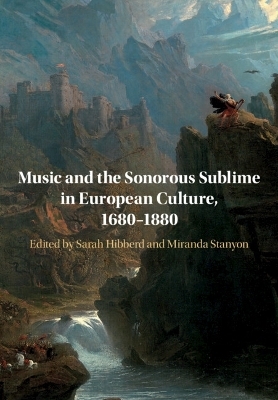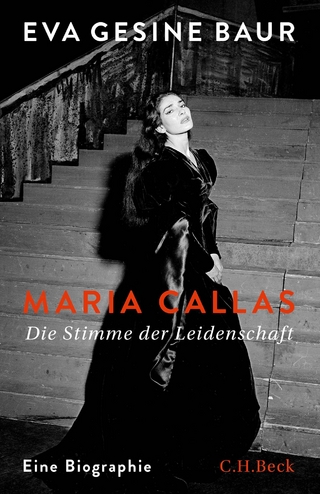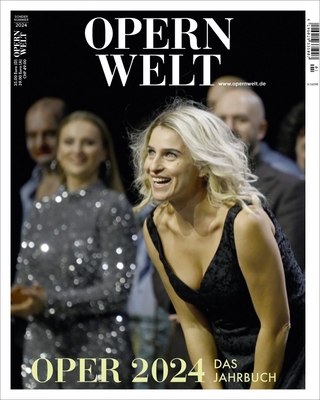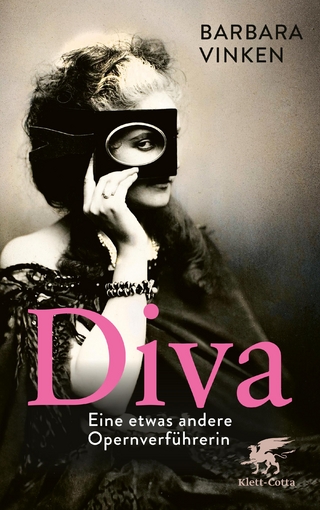
Music and the Sonorous Sublime in European Culture, 1680–1880
Cambridge University Press (Verlag)
978-1-108-70804-3 (ISBN)
The sublime - that elusive encounter with overwhelming height, power or limits - has been associated with music from the early-modern rise of interest in the Longinian sublime to its saturation of European culture in the later nineteenth century and beyond. This volume offers a historically situated study of the relationship between music, sound and the sublime. Together, the authors distinguish between the different aesthetics of production, representation and effect, while understanding these as often mutually reinforcing approaches. They demonstrate music's strength in playing out the sublime as transfer, transport and transmission of power, allied to the persistent theme of destruction, deaths and endings. The volume opens up two avenues for further research suggested by the adjective 'sonorous': a wider spectrum of sounds heard as sublime, and (especially for those outside musicology) a more multifaceted idea of music as a cultural practice that shares boundaries with other sounding phenomena.
Sarah Hibberd holds the Stanley Hugh Badock Chair of Music at the University of Bristol. Her research focuses on opera and other forms of music theatre in Paris and London during the first half of the nineteenth century, and her publications include French Grand Opera and the Historical Imagination (Cambridge, 2009). She is co-editor of the Cambridge Opera Journal. Miranda Stanyon is a lecturer in Comparative Literature at King's College London. She works on eighteenth-century and nineteenth-century literary culture and has published widely on music and sound, aesthetics, and emotions history, including articles for Modern Philology, the Journal of the Royal Musical Association, Huntington Library Quarterly, German Quarterly and Studies in Romanticism.
Sonorous sublimes: an introduction Sarah Hibberd and Miranda Stanyon; 1. Thunder or celestial harmony: French theological debates on the sonorous sublime Sophie Hache; 2. 'A pleasing rape': John Dennis, music and the queer sublime Matthew Head; 3. The idea of the past in eighteenth-century British music Suzanne Aspden; 4. C. P. E. Bach and the neoclassical sublime: revisions of a concept Keith Chapin; 5. Cherubini's Médée and sublime vengeance Sarah Hibberd; 6. When does the sublime stop? Cavatinas and quotations in Haydn's Seasons Elaine Sisman; 7. Counterfeits, contraltos and consonance in De Quincey's sublime Miranda Stanyon; 8. The consecration of sound: sublime musical creation in Haydn, Weber and Spohr Benedict Taylor; 9. Commanding performances: opera, surrogation and the royal sublime in 1848 Dana Gooley; 10. Wagner's sublime effects: bells, cannon and the perception of heavy sound David Trippett.
| Erscheinungsdatum | 31.10.2022 |
|---|---|
| Zusatzinfo | Worked examples or Exercises; 46 Printed music items; 5 Halftones, black and white |
| Verlagsort | Cambridge |
| Sprache | englisch |
| Maße | 170 x 244 mm |
| Gewicht | 557 g |
| Themenwelt | Kunst / Musik / Theater ► Musik ► Klassik / Oper / Musical |
| Kunst / Musik / Theater ► Musik ► Musiktheorie / Musiklehre | |
| ISBN-10 | 1-108-70804-8 / 1108708048 |
| ISBN-13 | 978-1-108-70804-3 / 9781108708043 |
| Zustand | Neuware |
| Informationen gemäß Produktsicherheitsverordnung (GPSR) | |
| Haben Sie eine Frage zum Produkt? |
aus dem Bereich


